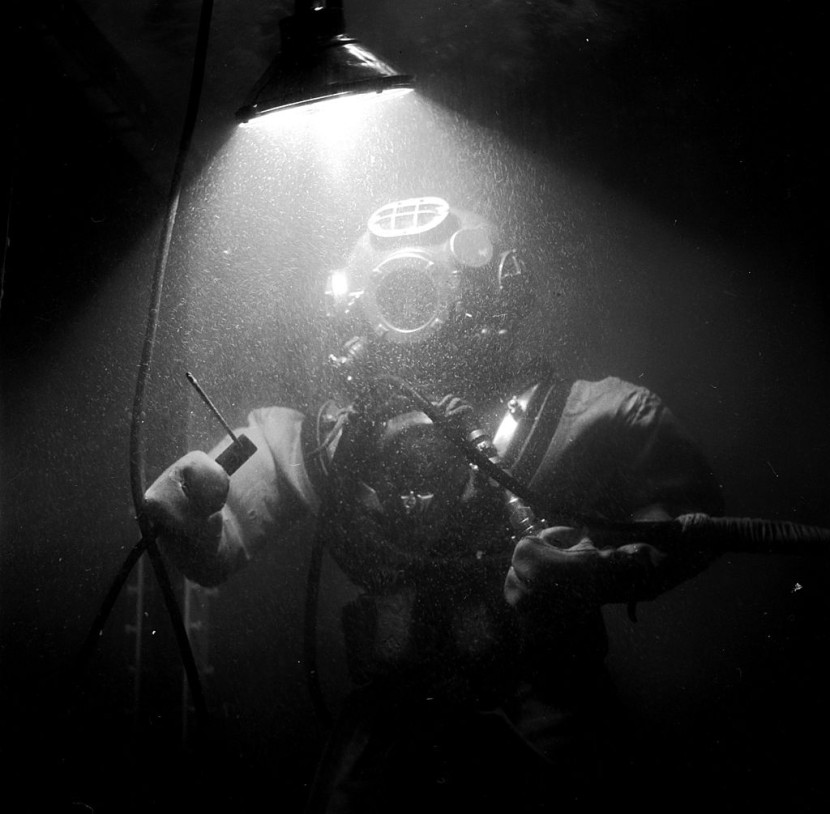The U.S. Navy is now working on a real-life "Iron Man" suit for deep sea diving activities. This innovation is called the Deep Sea Expeditionary with No Decompression (DSEND).
US Navy Develops 'Iron Man' Suit for Deep Sea Diving

According to Interesting Engineering's latest report, the new DSEND suit is expected to better protect the U.S. Navy during extreme deep-sea diving activities.
This Iron Man-like suit is designed to allow fewer divers to work for longer hours at greater depths.
The Navy Times reported that Navy divers are usually tasked to recover aircraft and vessels in the deep oceans.
Aside from this, they also do underwater rescues, ship hull maintenance, explosive ordinance disposal, as well as sunken equipment recoveries.
These extreme activities put their lives at risk because of the water pressure in deep waters.
They could also suffer from decompression sickness, which happens when nitrogen doesn't have enough time to clear from the diver's blood because of a quick water pressure decrease.
This is why the new DSEND suit being developed by the U.S. Navy is a big deal to protect divers in the future.
Why DSEND is Important

The typical diving work session of the U.S. Navy lasts for about 20 to 25 minutes. Divers need to use a saturation system/diving bell with pressurized gas to match the outside water pressure.
When they ascend, they need to stop at intervals so that the nitrogen will not form bubbles in their blood or tissue. Once they are on the surface, they need to spend at least 90 minutes in a decompression chamber.
Despite all these safety measures, the risks of getting decompression sickness are still there. This is what the new DSEND suit will try to rectify once it's complete.
About DSEND Suit
The U.S. Navy said that the new DSEND suit is a form-fitted atmospheric diving suit. It has rotating and flexible joints, providing more mobility and flexibility to divers who wear it.
"A good depiction would be an Iron Man suit for a diver underwater," said Naval Sea Systems Command Diving Systems Program Manager Paul McMurtrie.
If you want to learn more about the new DSEND suit of the U.S. Navy, you can click here.
Related Article : US Navy Receives First-Ever Upgraded 'Doomsday' Plane








